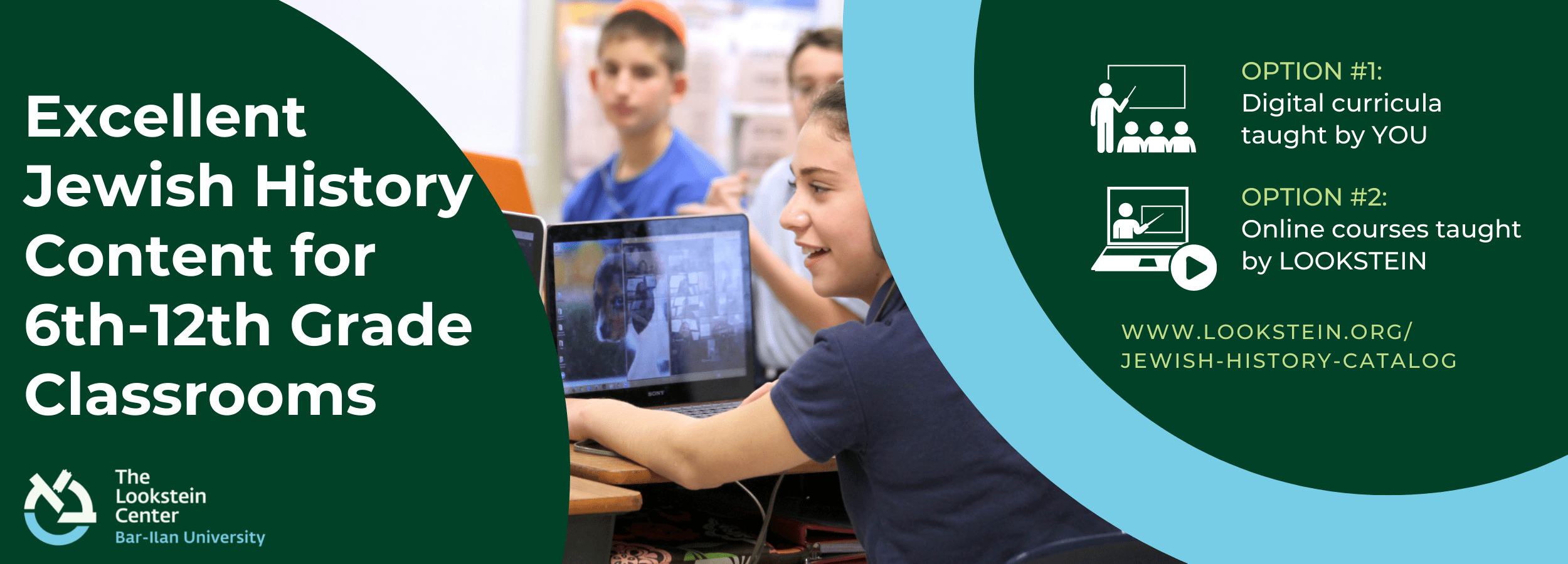“What am I Missing?” Social Information Processing in Remote Learning
Nobel Prize winner Kazuo Ishiguro’s new novel Klara and the Sun describes a world where artificial friends are acquired as companions for children. Programmed to learn from interactions with people and the environment, Klara, the artificial friend who narrates the novel, has trouble picking up social cues from her companion’s mom.
In remote learning contexts, the issue is not only learning to understand the clues and cues of our students’ behavior but the very fact that we often cannot see the gestures, feel the tension, or track postural shifts as teachers intuitively and automatically do in shared physical classroom spaces.
Social Information Processing Theory postulated by J. B. Walther, examines how relationships are developed through computer mediated communication, devoid of non-verbal cues. His work focused mainly on computer mediated technologies, such as email, instant messaging, and chat rooms, but can be considered in relation to situations with reduced access to non-verbal cues such as Zoom classrooms. More than twenty years ago Walther raised the prescient conundrum: “How can the same group of technologies be described as a limitation and a liberation?” In fact, the query neatly sums up teaching and learning on Zoom. Schooling was able to continue, albeit significantly transformed, liberating the roles of commuting, carpooling, and the physical schooling building. In some cases, asynchronous instruction and increased flipped classroom models liberated teacher-led instruction in favor of more student-centered inquiry and independent learning. However, it is also evident that limitations of engagement, focus, and motivation across this past year, not to mention Zoom fatigue, threatened student access to learning. Moreover, I posit that the lack of social information processing between teachers and students reduced the ability of teachers to interpret and respond efficiently to student academic, behavioral, social, and emotional needs. Further, the opportunity for social-emotional learning typically developed through daily classroom existence disappeared into the ether. Let’s break this down further: What social cues are teachers missing from remote learning contexts and how do they matter?
Missing the Walk
Walther explains that a key difference between processes in computer mediated communication and face-to-face communication has to do with the slower exchange rate of social information:
Pre-COVID, a teacher could tell when a child was having an off day by the way he or she entered the classroom, hid in his or her sweatshirt hood, or broke from a typical pattern of participation. On Zoom, there is no opportunity to glean or validate such information about the child’s emotional barometer from his or her posture, gesture, dress, or pattern of participation. Self-reporting of how a student is feeling offers a poor proxy for the keen observational skill that most teachers innately possess from spending their lives among schoolchildren. In addition, it is so easy for students to dissemble and “fake out” their teachers in remote learning situations. Watching students at play, entering our classrooms, putting away their belongings, or diving into their seats provides more instrumental data than the private chat feature can ever generate.
Missing the Management
The electricity that enervates classrooms is missing from remote learning. Yes, I can look into my camera and smile meaningfully for the class, but I cannot remind a learner to stay on task by making eye contact. I cannot send the “make a better choice” message by bending down near a child who needs this cue to stay on task, with a wry smile and intentional eye contact. Yes, I can nod while a student is talking, but I cannot simultaneously circle the room and draw the others into the discussion or keep them invested with a spiral hand motion or by standing near their desks. While many management issues disappeared on Zoom when teachers simply muted their more challenging students, the effect was that the students most in need of learning impulse control and self-regulation never got the opportunity to develop these skills. I know so many parents and teachers are worried about academic losses from the COVID-disrupted school year. However, the behavioral gaps for students who sorely needed to learn how to comply with social and behavioral group norms in classroom contexts have also fallen behind. That is the kind of learning that must be demonstrated, rehearsed, reviewed, responded to, and nurtured in live physical classroom environments, not in break-out rooms or on Google Jamboard.
Missing the Mark
The sameness of schooling in remote learning contexts can deaden morale, depress interest, and increase inertia. In my work training teachers, I have to repeat directions ad nauseum and I review answers to the same questions minutes apart. I have wonderful students, but no one is paying attention anymore and it is not entirely their fault; this is not the way humans are wired to learn. We need to move and play and quest, and touch and toss and rearrange. I used to rail against Jewish day schools that placed young children in classroom seats all day long. I never thought it could get worse. All teachers (and students) pretty much look the same in a Zoom square, even if they change their virtual background or wear crazy hats. Social Information Processing Theory assumes that people are generally motivated to develop impressions and relationships with each other, but bereft of nonverbal cues, are the truly important bits that make us unique even visible or audible? Are those lasting impactful student-teacher relationships even possible? The gossamer thread of alliance that breaks with “end meeting for all” simply doesn’t do justice to the feelings of warmth and energy that pulsate with life in shared physical classroom communities.
We teachers did well in remote learning contexts, but let’s not forget that we also missed out on fully knowing our students, helping them, and making an indelible imprint on their lives. Limited visual and verbal social information may liberate our jobs in concrete ways, but what Walther calls the “thick layers of software-imposed interaction structures” also reduce our abilities to read and message our students. As we return to more typical teaching and learning contexts and “environmental realities” creep back in, it will be interesting to see how lessons learned affect lessons learned.
Let’s curb the instinct to hurry childhood onward for fear of losing academic progress. If we don’t restore children’s confidence in schooling and reclaim school communities as safe, healthy spaces to learn, we risk more than delayed curricular benchmarks. If teachers do not invest in getting to know who these children are now, then we will never teach them properly. They are not like pre-COVID children and they will need our expert eyes and ears to guide their learning in developmentally appropriate ways. Let’s focus on aspects of classroom management that create social ties binding children to each other with a sense of belonging through rituals and procedures that remind students how societies care for, respect, and are responsible for one another. It is not enough to have the pitgam (proverb) on the wall, we need to model, demonstrate, rehearse, and review how being together should look, sound, and feel. Only then can we be sure that we will truly understand what we were missing, and what a profound blessing it is to arrive at the schoolhouse door.

Miriam Hirsch is an Associate Professor of Education at Stern College for Women, Yeshiva University (NY). Her research examines the influence of school stories in pre-service teacher education. Recent publications include Teach Like a Human: Essays for Parents & Teachers (Rowman & Littlefield, 2020).




